Introducing 3rd Grade Fractions
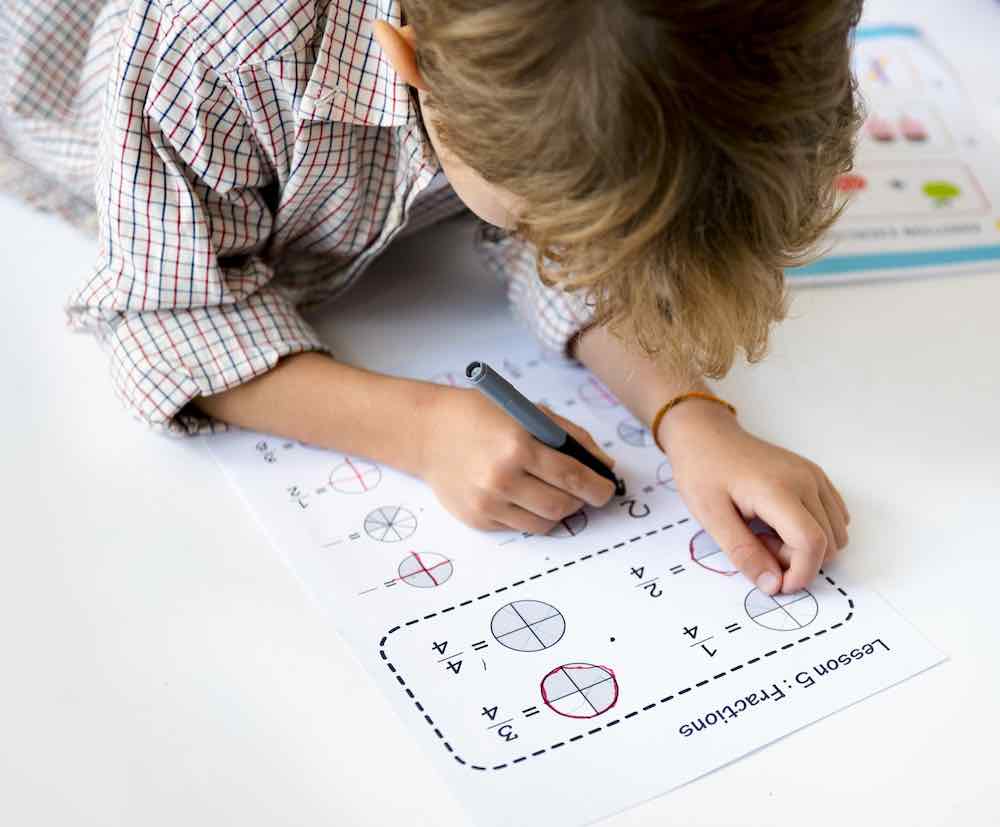
Are you stuck on teaching 3rd grade fractions? We got you! Fun activities, clear explanations, & common pitfalls to mastering fractions. We will help you to explain fractions to 3rd-grade young children in a clear and engaging way is a challenge faced by many 3rd-grade teachers and parents. Get your class fraction-ready today!
What is a fraction?
Imagine you have a pizza divided into 8 slices to share with your family. Suppose you ate 2 slices, and your brother (either imaginary or real if you have one) ate another 3 slices. So, fractions help us represent this numerically. How? Let us see
You ate – 2/8, that means
you took 2 out of the 8 equal parts of the pizza.
Your brother ate- 3/8 that means
he took 3 out of the 8 equal parts of the pizza.
Here are Some Other Examples:
- If you share 1 cookie between 2 friends, each gets 1/2 of the cookie.
- If you colour 3 out of 5 stars, you’ve coloured 3/5 of the stars.
Remember, fractions are just a way to talk about parts of a whole, and they can be super helpful for sharing, measuring, and cooking!
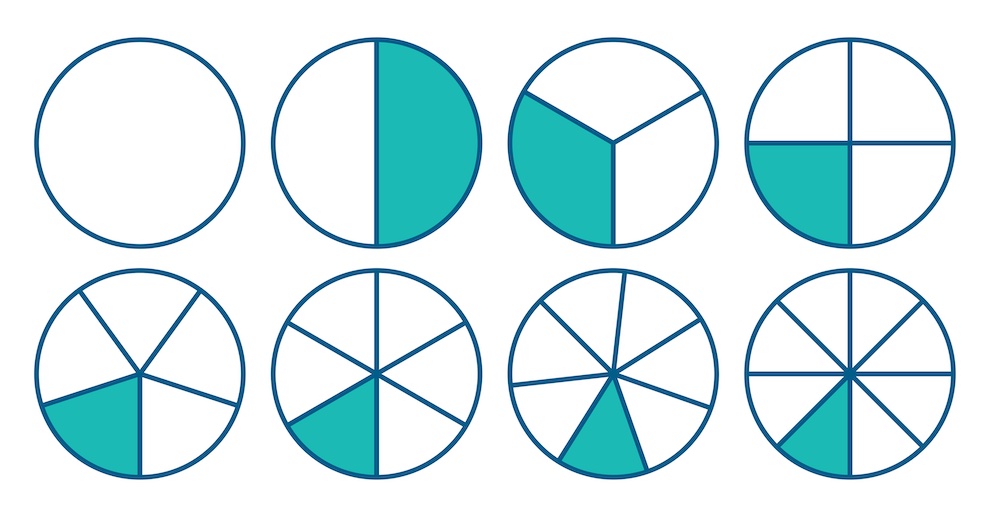
In a Fraction, you have Two Parts:
- Numerator
- Denominator
The numerator is the top number, and the denominator is the bottom number. The denominator represents the total number of equal parts into which a whole is divided. It tells you how many parts the whole is divided into, and each part is known as a fraction of that whole.
What is a Numerator?
A numerator is like the top bun of a fraction sandwich! It tells you how many parts you have out of a whole. Imagine you have a delicious sandwich:
- You cut the sandwich into 4 equal pieces. Each piece is like a mini sandwich representing a part of the whole.
- Now, you decide to eat 2 of those mini sandwiches.
Here:
- 2 is the numerator (the top bun!), telling you how many mini sandwiches you have (the parts).
- 4 is the denominator (the bottom bun!), showing how many mini sandwiches the whole sandwich was cut into (the whole).
What is a Denominator?
A denominator is like the basement of a fraction! It’s the bottom number and tells you how many equal pieces a whole thing has been cut into.
Imagine you have a delicious cake:
- You cut it into 6 equal slices. That means the whole cake is divided into 6 pieces
- You eat 1 slice that will be represented as 1/6 in fractions
Here, 6 is the denominator, like how many total slices the cake was cut into and 1 is the numerator.
Let us look at another example, in the fraction 3/4:
- The numerator is 3, which means you have 3 parts.
- The denominator is 4, which means the whole is divided into 4 equal parts.
So, the fraction 3/4 represents three out of the four equal parts of the whole.
Remember, the numerator is always on top and the denominator is always on the bottom
Here is a worksheet that you can use to introduce fractions to 3rd-grade students. CCSS.MATH.CONTENT.3.NF.A.1: Understand a fraction 1/b as the quantity formed by 1 part when a whole is partitioned into b equal parts; understand a fraction a/b as the quantity formed by a part of size 1/b.
Worksheet Example for Introducing Fractions.
Pizza Party! Imagine you have a delicious pizza cut into 8 equal slices. How many slices would you have if you shared it with a friend? Colour that many slices in the picture below.
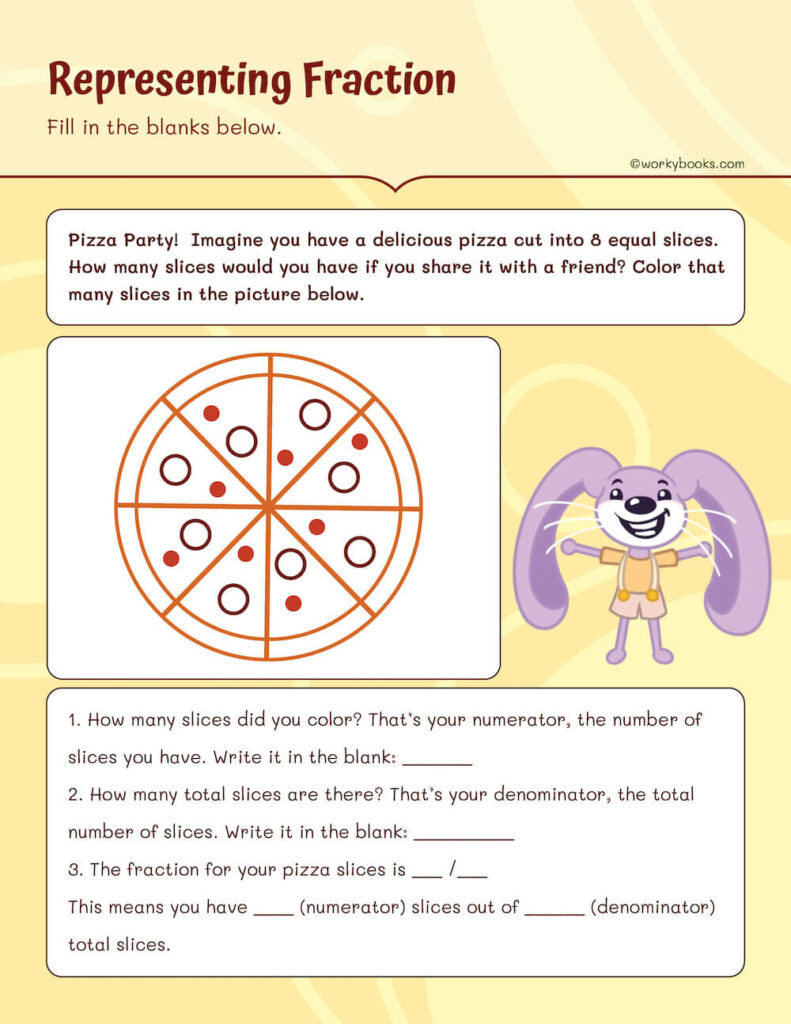
- How many slices did you color? That’s your numerator, the number of slices you have. Write it in the blank: _ _
- How many total slices are there? That’s your denominator, the total number of slices. Write it in the blank:_ _
- The fraction for your pizza slices is _ _ / _ _. This means you have _ _ (numerator) slices out of _ _ (denominator) total slices.
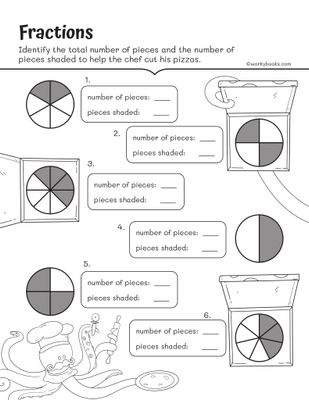
Click for free printable 3rd grade fractions worksheet
Let us also understand another mathematical concept relating to fractions.
“The Bigger the Denominator Number, the Smaller the Fractions.”
The denominator in a fraction tells you how many equal parts something was divided into.
For example:
- 1/4 means something was cut into 4 equal parts, and you have 1 out of those 4 parts
- 1/8 means something was cut into 8 equal parts, and you have 1 of those 8 parts
So if you compare 1/4 and 1/8, even though both fractions have the same numerator (1 part) the 1/8 is smaller. That’s because 1/8 comes from cutting the whole into smaller slices – 8 slices instead of just 4
When you divide something into more slices, each slice gets smaller. So eighths are smaller pieces than fourths. Therefore, fractions with bigger denominators represent smaller pieces of the whole, making them smaller fractions overall.
Here are Some More Examples to Explain the Fraction:
- Sharing cookies: 2 cookies out of 5 (2/5) is a bigger fraction than 2 cookies out of 10 (2/10) because each cookie in the first case represents a larger portion of the total.
- Coloring squares: Coloring 3 out of 6 squares (3/6) is a larger fraction than coloring 3 out of 12 squares (3/12) because each colored square takes up a bigger area in the first case.
Check for comprehension about ordering fraction sizes and identifying relative relationships frequently in my next blog.
I am also excited to share that Workybooks would be launching an interactive game that can help students learn fraction soon!
Digital Fraction Worksheets for Grade 3:
In addition to printable workbooks, we also offer digital fraction workbooks for Grade 3. These interactive workbooks are designed to be used on computers, tablets, or other digital devices. The advantages of digital workbooks include:
- Interactivity: Digital workbooks often feature interactive elements, such as drag-and-drop activities or instant feedback, which can make learning more engaging and enjoyable for children.
- Automatic grading: Many digital workbooks include automatic grading features, providing children with immediate feedback on their progress and helping them identify areas for improvement.
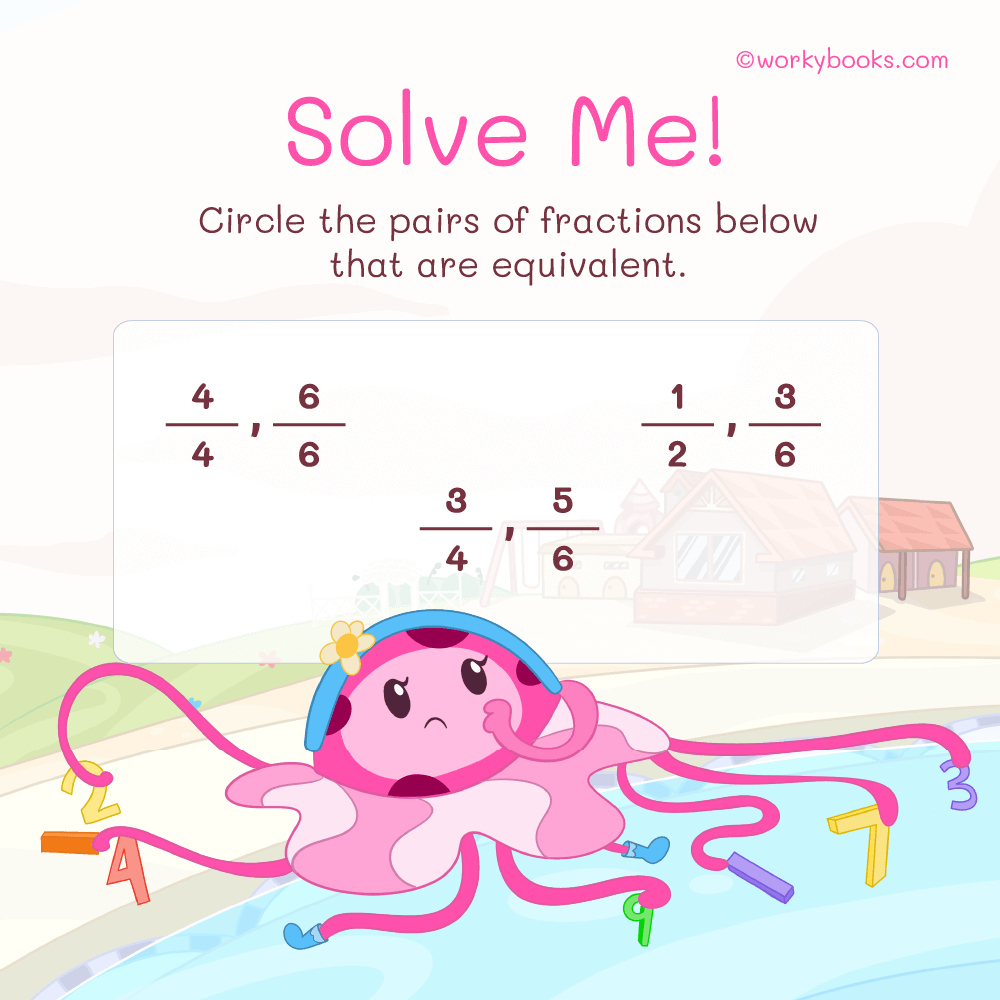
Happy learning



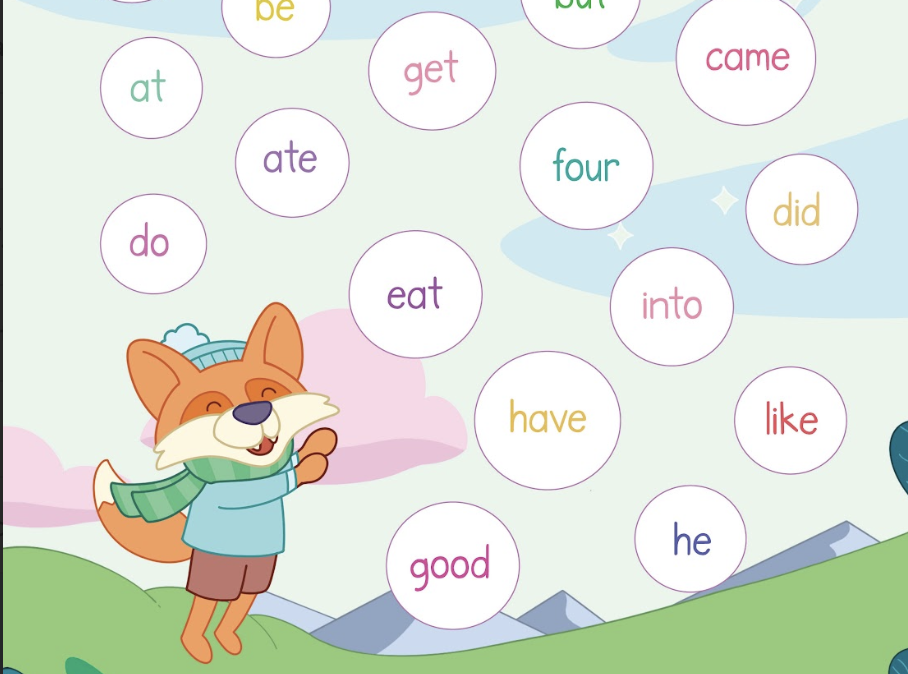
One Comment